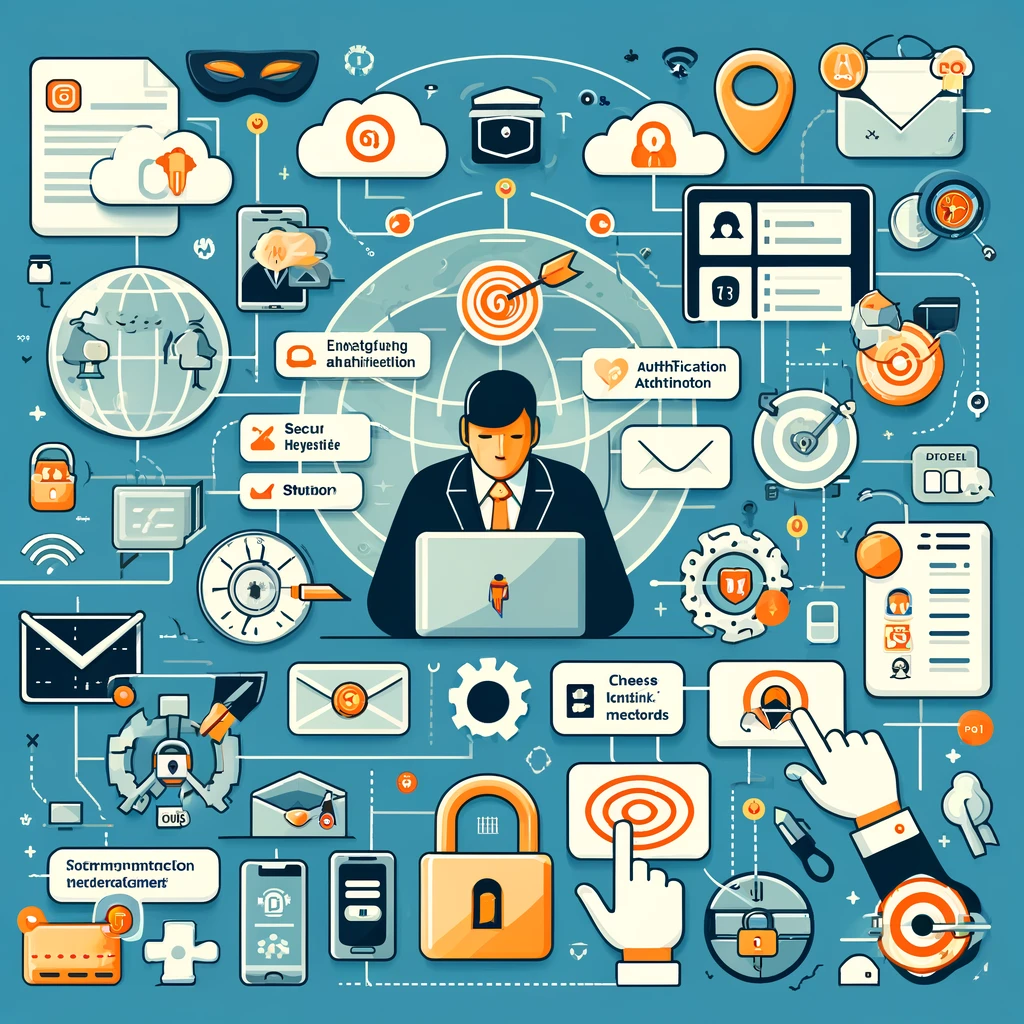Table of Contents
Guide to Setting Up Multi-Factor Authentication (MFA)
In the digital age, safeguarding our online presence is paramount. Passwords alone no longer suffice to protect accounts against the ever-growing threats of cyberattacks and identity theft. Multi-Factor Authentication (MFA) enhances security by requiring two or more verification factors to gain access to an account, making unauthorized access significantly more challenging. This comprehensive guide will walk you through understanding MFA, its importance, and detailed steps to set it up across various platforms.

Understanding Multi-Factor Authentication
MFA, also known as Two-Factor Authentication (2FA), adds an extra layer of security by requiring additional verification beyond just a password. These verification methods can include something you know (password, PIN), something you have (smartphone, security token), or something you are (biometrics, such as fingerprints or facial recognition).
The Importance of MFA
Enhanced Security: MFA significantly reduces the risk of unauthorized access, even if a password is compromised.
Compliance: Many regulations now require MFA to protect sensitive data in industries such as finance, healthcare, and government.
User Trust: Implementing MFA demonstrates a commitment to security, enhancing trust among users and customers.
How to Set Up MFA
Setting up MFA involves several steps, generally applicable across most services and platforms:
Enable MFA in Account Settings: Most online platforms offer MFA options in their security settings. Look for terms like “Two-Factor Authentication,” “Multi-Factor Authentication,” or “Additional Security Features.” Choose Your Authentication Method: Common methods include SMS texts, email verification, authenticator apps (such as Google Authenticator, Microsoft Authenticator), or physical security keys.
Follow the Setup Instructions: Each platform will guide you through the setup process, which typically involves verifying your chosen authentication method.
Backup Your Access: Always create backup access methods if your primary MFA method becomes unavailable (e.g., losing a phone or security key). Most services offer backup codes, which should be stored securely.
Test MFA: Ensure that MFA works by logging out and logging back in, checking that the service prompts you for your second factor.
Implementing MFA Across Various Platforms
While the setup process is generally similar across platforms, nuances exist. Here’s how to approach setting up MFA on some common platforms: Email (Gmail, Outlook): Both services offer MFA settings within the account security options, allowing users to choose from text messages, phone calls, or app-based verification methods.
Social Media (Facebook, Twitter, Instagram): MFA options are found within the security or privacy settings, with choices including text message verification and authentication apps.
Banking and Financial Services: Most banking institutions now offer or require MFA. Setup is typically found within the security settings of your online banking account.
Cloud Services (AWS, Google Cloud, Microsoft Azure): Given their critical nature, these platforms offer robust MFA options, including app-based authentication and security keys.
Best Practices for MFA
Prefer Non-SMS Methods: SMS can be intercepted; therefore, using an app or a physical security key is safer.
Keep Your Authentication Method Accessible: Ensure that your phone, email, or security key is available when needed to avoid being locked out.
Regularly Review Your Security Settings: Periodically check your MFA settings to update or change your authentication methods as needed.
Educate Your Team: If implementing MFA in an organization, provide training and resources to ensure everyone understands how to use it effectively.
Conclusion
MFA is a critical component of modern cybersecurity strategies, offering a significant defense layer against unauthorized access. By understanding its importance and implementing it across your digital accounts, you can protect your personal and professional information from increasingly sophisticated cyber threats. Setting up MFA is a straightforward process that can drastically improve your online security posture.
Go Home
